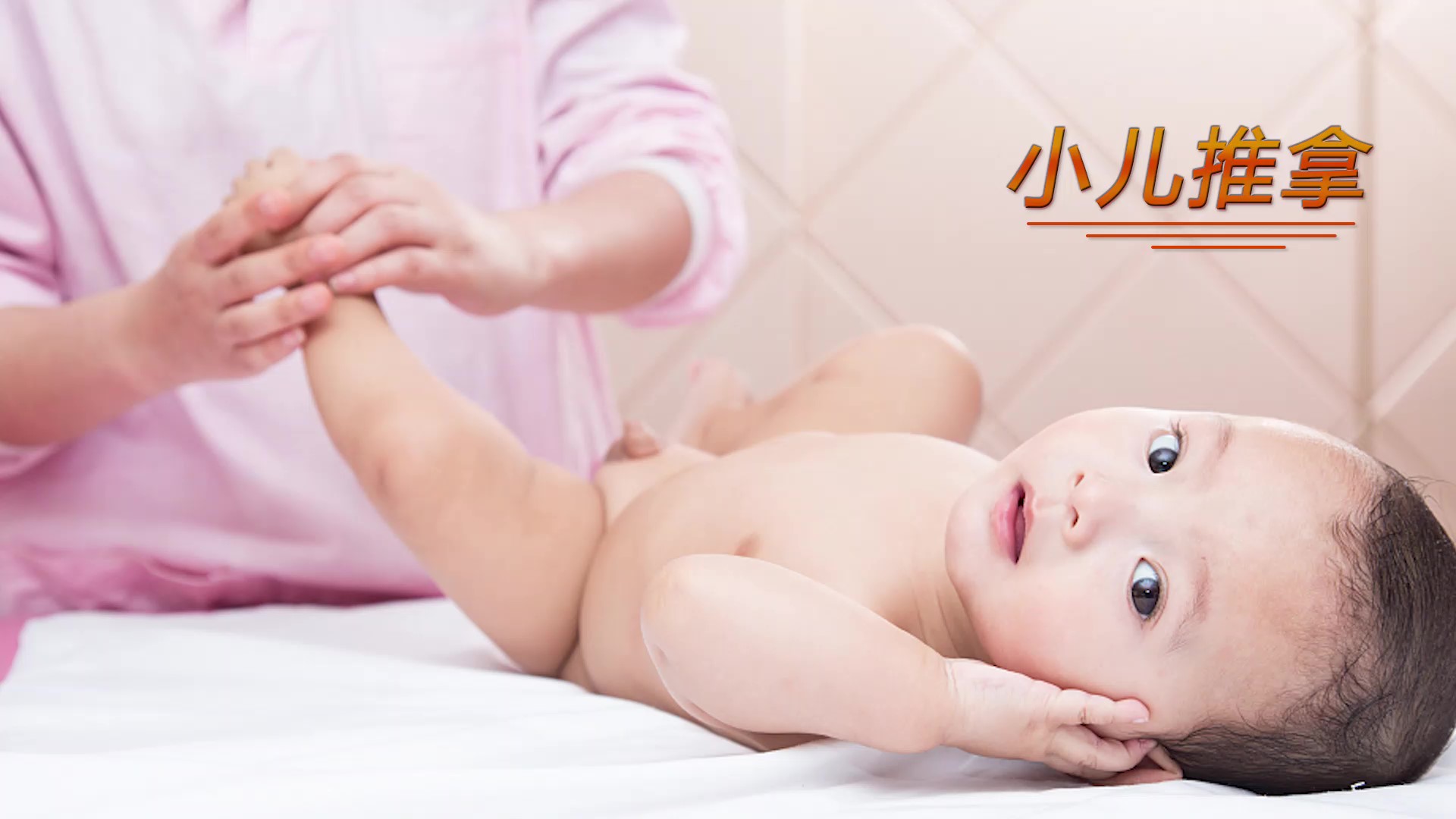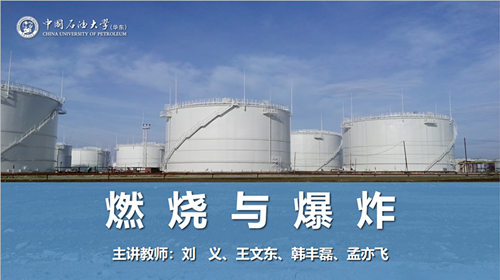
当前课程知识点:Chinese Ceramics > Unit 13 Zisha---the Taste of tea > 13.2 The Zisha Teapot > 13.2 The Zisha Teapot
返回《Chinese Ceramics》慕课在线视频课程列表
嘿,大伙!父亲节马上就要到来,你们都有什么打算
我想送爸爸一点礼物。你们有啥主意吗
我觉得送一个紫砂壶吧
这个主意好
你爸爸工作的时候看到它一定会得到放松
紫砂有什么特点呢
紫砂是一种介于陶器与瓷器之间的陶瓷制品
其表面平整中含有小颗粒状的变化,表现出一种砂质效果
紫砂质地古朴,不媚不俗
与文人气质十分相似
我听说紫砂已有2400多年的历史了
紫砂陶艺术起源于宋代
经历明清两代的成熟
最终发展到今天
你爸爸也很有文人气质
收到这样的礼物一定会很开心
听上去好棒
那我就送我爸一个紫砂壶啦
大家好
今天我们来谈谈紫砂壶
中国的首都是北京
但还有两个更值得了解的中国首都
一个是江西的景德镇,“瓷器之都”
另一个是江苏的宜兴镇,“陶器之都”
在明朝(1368-1644ad),这个行业看到了它的鼎盛时期
来自无锡附近宜兴镇的粘土茶壶
是全国饮茶者不可或缺的茶具
紫砂壶通常是小小的、矮胖的、棕色的,精细的工艺
和特殊的材料使其成为泡茶的理想容器
其独特之处在于烧制的粘土能够在泡茶过程中
带出茶叶的味道
不像瓷器或金属,粘土是有吸收性的
在每次泡制的过程中,一些味道会被吸收到壶中
这可以给茶一个更丰富和更醇厚的口感
在多次使用一个茶壶后
可以只加沸水
而不添加任何新鲜的茶叶,就有茶的味道
紫沙茶壶的许多特质
是因为它们是由特殊的深棕色粘土制成的
粘土不是简单地从地面挖出来的
而是由该地区特有的岩石磨成粉末
并与水混合制成的
工匠使用选择几种
不同类型的岩石
并按计划以不同比例混合
最好的紫砂陶器的不同颜色
来自不同的彩色粘土,而不是油漆或釉
所以几种颜色的陶器实际上是使用几种不同的粘土
因此,紫砂陶器的颜色不如中国瓷器鲜艳
而且使用更多柔和的大地色
粘土可以吸收味道
所以要随时保持壶的清洁
每次你喝完后都要用温水清洗
但千万不要用肥皂清洗
因为肥皂会渗透到粘土中,让下一壶茶有肥皂的余味
如果你忘了清洗,老叶变臭了
加开水后立即把它倒出来
再把壶放在冷水中,味道会再次变得新鲜
紫砂陶器不是用陶工的轮子或用薄薄的粘土制成的
相反,工匠们使用
复杂的手工工具来塑造茶壶的部分
然后在烧制前把它们拼在一起
单个茶壶的所有部分必须来自同一块粘土
并且必须同时制作。否则在烧制时,粘土的差异
或工作中环境空气温度、湿度的变化
可能会导致壶出现
裂缝、破裂
每个壶由五个部分组成:底座、盖子、壶身、壶嘴和手柄
首先,用一个很重的木槌把一团合适的粘土打软后
工匠把它切成薄片,卷出一张薄薄的薄片作为底座
再用一个小圆规把它做成一个完美的圆
然后,边压边敲打出壶的侧壁
在底座周围成型,形成弯曲的壶壁
之后,再形成手柄和壶嘴
最后做盖子,这也许是壶中最具挑战性的部分
壶在空气中干燥两天后,进入窑中烧制
由于粘土很容易开裂
所以它会慢慢地越来越深地进入窑中
以防止它加热得太快
在烧制18-24小时后,壶已经完成
准备好茶叶吧
这个看似简单的过程实际上是相当苛刻的
特别是对于最简单、装饰最少的壶
小的缺陷
可以隐藏在装饰或雕刻下面
但对于一个未装饰的壶
即使是未经训练的眼睛,即使是最小的缺陷或失调的形状,都是显而易见的
传统的紫砂壶是圆形的,没有什么装饰
形状和曲线都不一样
但壶身上也会有很多漂亮的图案
在一个极端情况,形状像水果和蔬菜
或木片、竹子的茶壶
有着令人惊讶的逼真纹理和巧妙缺陷
其他装饰还有中国书法或诗歌
其中最传统、出色的风格简单的茶壶
与可触摸大自然相结合
比如把手柄做成李子枝的样子
或者在壶的一部分做成一小朵花
一件较完美的作品,既要方便使用
又要能够陶冶性情
启迪心灵,给人油然而生的艺术感受
紫砂壶已成为中国艺术文化史上
重要的特殊技术遗产
今天的就到这里
谢谢观看,下次再见
-1.1 Introduction
-1.2 Ceramics in Neolithic, East Han and Wei-Jin Dynasties
--Ceramics in Neolithic, East Han and Wei-Jin Dynasties
-1.3 Sui and Tang dynasties and Song Dynasty ceramics
--Sui and Tang dynasties and Song Dynasty ceramics
-1.4 Ming and Qing Dynasties
-Unit 1 test
--Unit 1 test
-Discussion questions
-2.1 The Unique Chinese Ceramic Culture
--The Unique Chinese Ceramic Culture
-2.2 The Historical Development of Chinese Ceramic Making
--The Historical Development of Chinese Ceramic Making
-2.3 Chinese Ceramic Shape Art
-2.4 Chinese Ceramic Painting Art
--Chinese Ceramic Painting Art
-2.5 Chinese Ceramic Folk Stories
--Chinese Ceramic Folk Stories
-Unit 2 test
--Unit 2 test
-Discussion questions
-3.1 CeramicCulture and the Zodiac
--CeramicCulture and the Zodiac
-3.2 The heritage of traditional ceramic culture
--The heritage of traditional ceramic culture
-3.3 The development and innovation of ceramic art
--The development and innovation of ceramic art
-Unit 3 test
--Unit 3 test
-Discussion questions
-4.1 Gorgeous Colored Pottery
-4.2 The Method of Making Colored Pottery
--The Method of Making Colored Pottery
-4.3 Primitive Colored Pottery Ⅰ
-4.3 Primitive Colored Pottery Ⅱ
-4.3 Primitive Colored Pottery Ⅲ
-4.4 Black Earthenware
-4.5 White Pottery and Primitive Porcelain
--White Pottery and Primitive Porcelain
-Unit 4 test
--Unit 4 test
-Discussion questions
-5.1 Terracotta Warriors in Qin Dynasty
--Terracotta Warriors in Qin Dynasty
-5.2 Potteries in Han Dynasty
-Unit 5 test
--Unit 5 test
-Discussion questions
-6.1 Dragon kiln and Celadon
-6.2 Yue Kiln and Wuzhou kiln
-6.3 Deqing Kiln and Ou kiln
-6.4 Longquan Wares
-6.5 Yaozhou Wares
-Unit 6 test
--Unit 6 test
-Discussion questions
-7.1 Tang Tri-Colored Pottery
--7.1 Tang Tri-Colored Pottery
--7.1 Tang Tri-Colored Pottery
-7.1Tang Tri-Colored Pottery
--7.1 Tang Tri-Colored Pottery
--7.1 Tang Tri-Colored Pottery
-Discussion questions
-Unit 7 test
--Unit 7 test
-8.1 The flourishing age of the Song Dynasty
--8.1 The flourishing age of the Song Dynasty
-8.2 The flourishing age of the Song Dynasty
--8.2 The flourishing age of the Song Dynasty
-8.3 Ding Wares
-8.4 Ru Wares
-8.5 Guan Wares
-8.6 Ge Wares
-8.7 Jun Wares
-Discussion questions
-Unit 8 test
--Unit 8 test
-9.1 Reasons for the maturity of Qinghua porcelain in Yuan Dynasty
--9.1 Reasons for the maturity of Qinghua porcelain in Yuan Dynasty
-9.2 The Invention of Blue-and-white Porcelain in the Tang Dynasty
--9.2 The Invention of Blue-and-white Porcelain in the Tang Dynasty
-9.3 Fine China Ware became the Symbol of ChinaⅠ
--9.3 Fine China Ware became the Symbol of ChinaⅠ
-9.3 Fine China Ware became the Symbol of ChinaⅡ
--9.3 Fine China Ware became the Symbol of ChinaⅡ
-9.3 Fine China Ware became the Symbol of ChinaⅢ
--9.3 Fine China Ware became the Symbol of ChinaⅢ
-9.4 The charm of QinghuaⅠ
-9.4 The charm of QinghuaⅡ
-9.4 The charm of QinghuaⅢ
-Discussion questions
-10.1 Da Ming Wucai
-10.2 Wooden engravings influence on Wucai porcelain
--10.2 Wooden engravings influence on Wucai porcelain
-10.3 Kangxi Wucai
-10.4 Liling Under-glaze multicolored porcelainⅠ
--10.4 Liling Under-glaze multicolored porcelainⅠ
-10.4 Liling Under-glaze multicolored porcelainⅡ
--10.4 Liling Under-glaze multicolored porcelainⅡ
-Discussion questions
-11.1 The advent of Fencai
-11.2 Fencai Porcelain in the Yong zheng period
--Fencai Porcelain in the Yong zheng period
-11.3 Fencai Porcelain in the Qianlong Period
--Fencai Porcelain in the Qianlong Period
-Discussion questions
-13.1 Zisha-pottery
-13.2 The Zisha Teapot
-13.3 The Zisha tea set in the Ming Dynasty
-Discussion questions
-14.1 Development of Contemporary Chinese ceramic art
--14.1 Development of Contemporary Chinese ceramic art
-14.2 The internationalization trend of Chinese modern ceramics
--14.2 The internationalization trend of Chinese modern ceramics
-14.3 A new style of contemporary ceramic art Ⅰ
--14.3 A new style of contemporary ceramic artⅠ
-14.3 A new style of contemporary ceramic art Ⅱ
--14.3 A new style of contemporary ceramic art Ⅱ
-14.4 The Trade of the Artisans Ⅰ
--14.4 The Trade of the Artisans Ⅰ
-14.4 The Trade of the Artisans Ⅱ
--14.4 The Trade of the ArtisansⅡ
-Discussion questions
-15.1 Unique Cloisonné technique
--15.1 Unique Cloisonné technique
-15.2 The Craftsmanship and Development of Cloisonné
--15.2 The Craftsmanship and Development of Cloisonné
-15.3 The Problems Facing the Inheritance of Cloisonné
--15.3 The Problems Facing the Inheritance of Cloisonné
-15.4 The inheritance and development of Cloisonné
--15.4 The inheritance and development of Cloisonné
-Unit 15 Test
--Unit 15 Test
-Discussion questions
-16.1 Appreciation of Chinese ceramics
--16.1 Appreciation of Chinese ceramics
-16.2 Explore the origins of ancient ceramics Ⅰ
--16.2 Explore the origins of ancient ceramics Ⅰ
-16.2 Explore the origins of ancient ceramics Ⅱ
--16.2 Explore the origins of ancient ceramics Ⅱ
-Unit 16 Test
--Unit 16 Test
-17.1 Traditional Chinese Decorative Patterns
--17.1 Traditional Chinese Decorative Patterns
-17.2 Application of Traditional Chinese decorative patterns in ceramics
--17.2 Application of Traditional Chinese decorative patterns in ceramics
-Unit 17 Test
--Unit 17 Test
-Discussion questions

